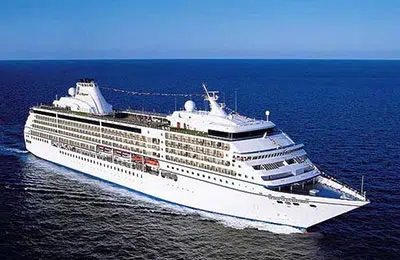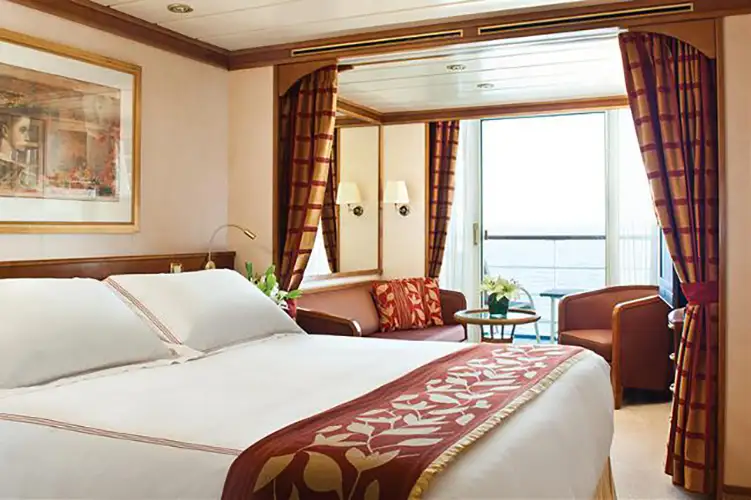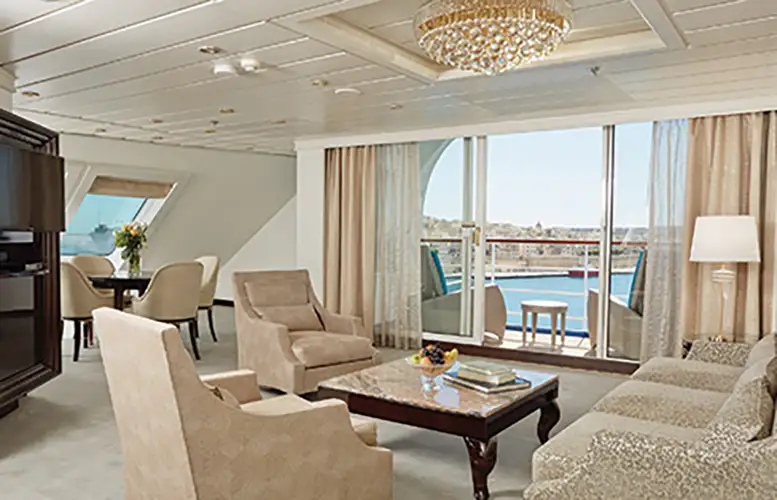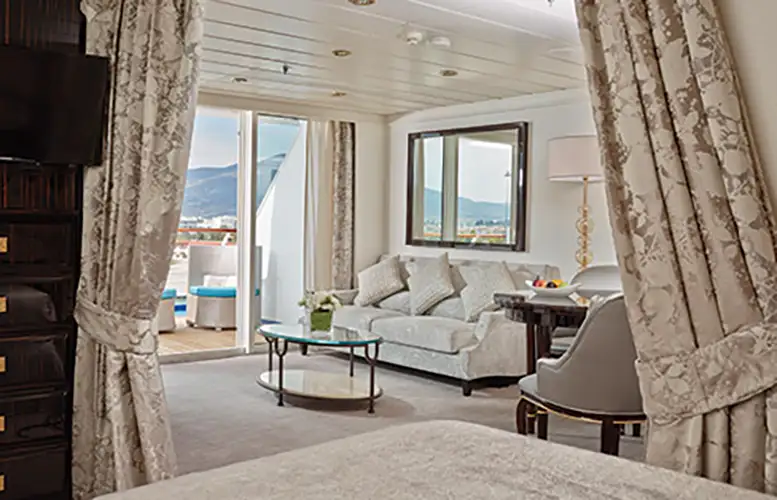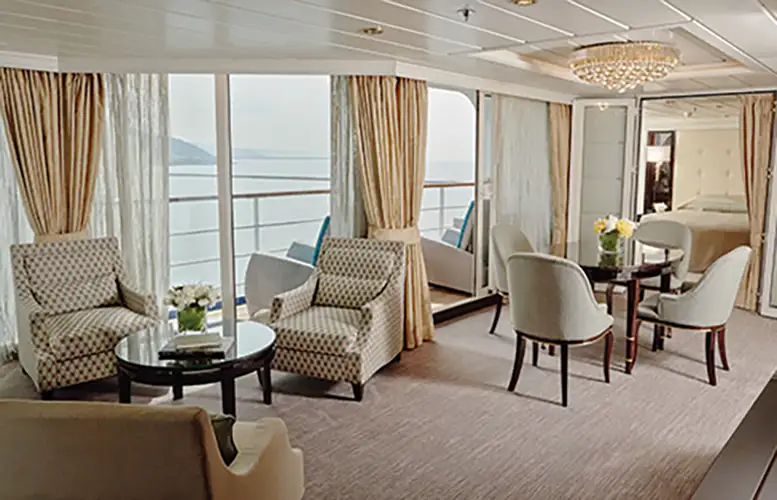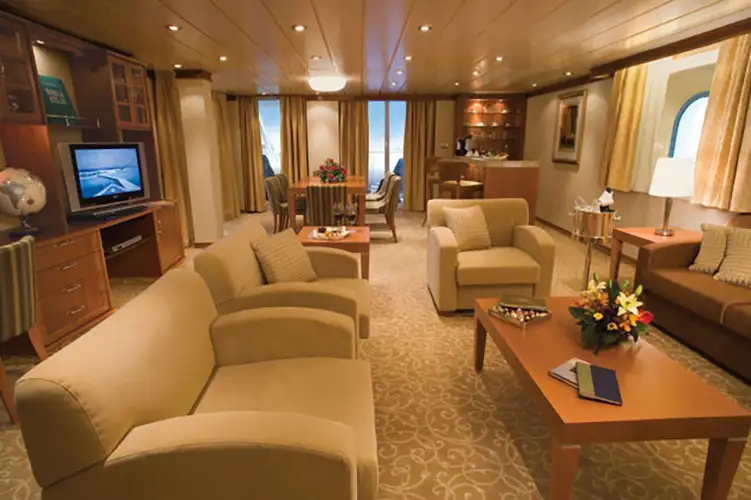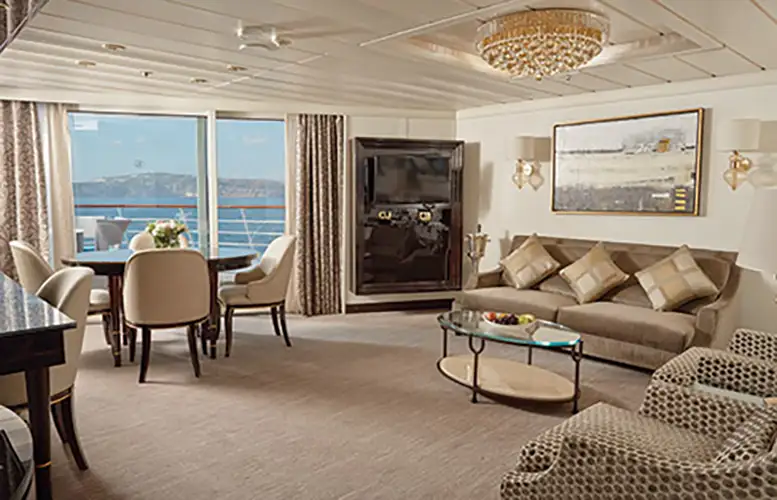Regent Northern Europe: 15 nights from Reykjavik with Seven Seas Mariner
Jul 28, 2025
Iceland, Faroe Islands, United Kingdom, Man, Ireland, France
Cruise itinerary
Departure Port: Reykjavik ➞
Landing: Paris
-
Monday, July 28, 2025 - 9:00 PMReykjavik
-
Tuesday, July 29, 2025Navigation
-
Wednesday, July 30, 2025 7:00 AM - 4:00 PMDjupivogur
-
Thursday, July 31, 2025 10:00 AM - 11:00 PMKlaksvik
-
Friday, August 1, 2025 7:00 AM - 5:00 PMTorshavn
-
Saturday, August 2, 2025 9:00 AM - 7:00 PMKirkwall
-
Sunday, August 3, 2025 8:00 AM - 3:00 PMUllapool
-
Monday, August 4, 2025 8:30 AM - 9:00 PMBelfast
-
Tuesday, August 5, 2025 10:00 AM - 7:00 PMDouglas
-
Wednesday, August 6, 2025 8:00 AM - 9:00 PMDún Laoghaire
-
Thursday, August 7, 2025 8:00 AM - 6:00 PMHolyhead
-
Friday, August 8, 2025 8:00 AM - 6:00 PMLiverpool
-
Saturday, August 9, 2025 11:30 AM - 6:30 PMCork
-
Sunday, August 10, 2025Navigation
-
Monday, August 11, 2025 7:15 AM - 6:15 PMSt Malo
-
Tuesday, August 12, 2025 6:00 AM 7:00 PMParis
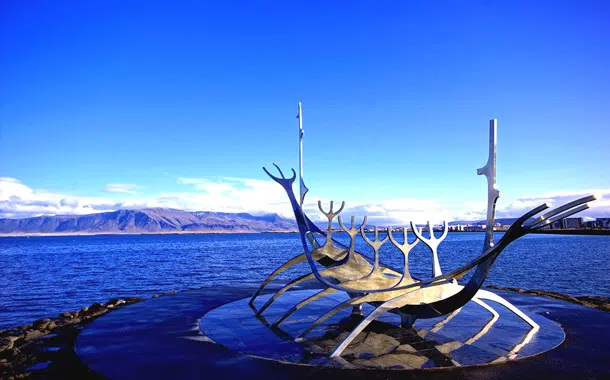
Reykjavik
The gateway to Iceland, a land of incredible natural wonders, ranging from huge glaciers to thermal pools and geysers.
Reykjavik, the capital of Iceland, is small in size but boasts a vast historical and cultural heritage. Founded thousands of years ago by Nordic settlers, this destination showcases a breathtaking coastline with scenic peninsulas, straits and picturesque islands. Known for its natural beauty and small-town charm, Reykjavik is also known to attract travellers as 'the nightlife capital of the North' for its vibrant and social atmosphere. The island's landscape seems to be in a constant process of transformation like its society, combining Nordic tradition with sophisticated technology.
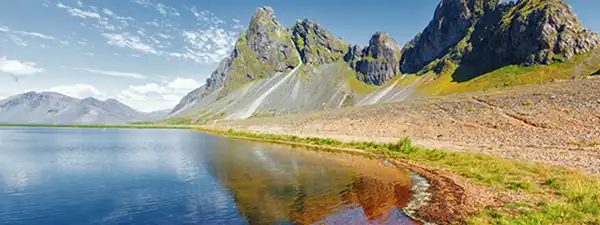
Djupivogur
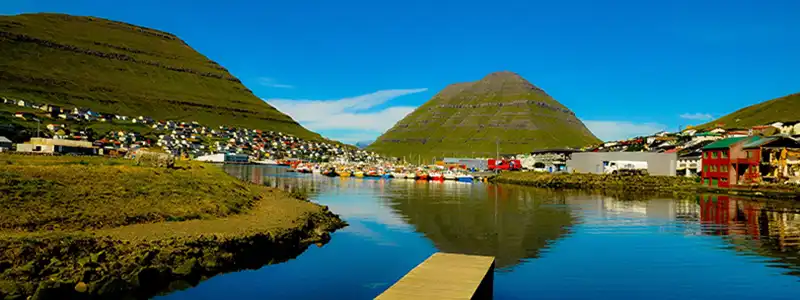
Klaksvik
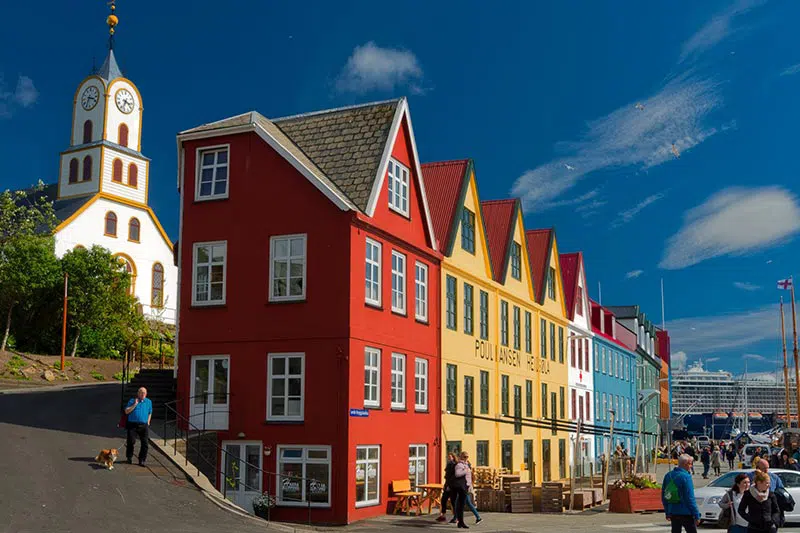
Torshavn

Kirkwall
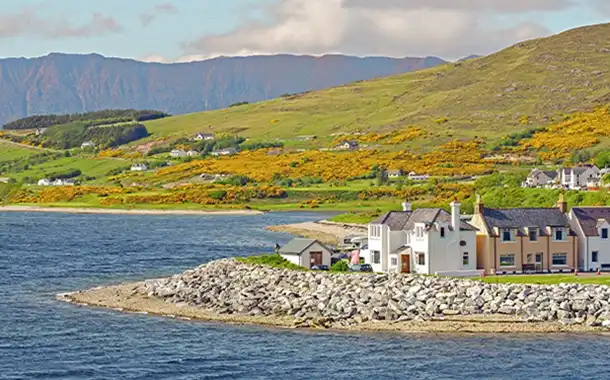
Ullapool
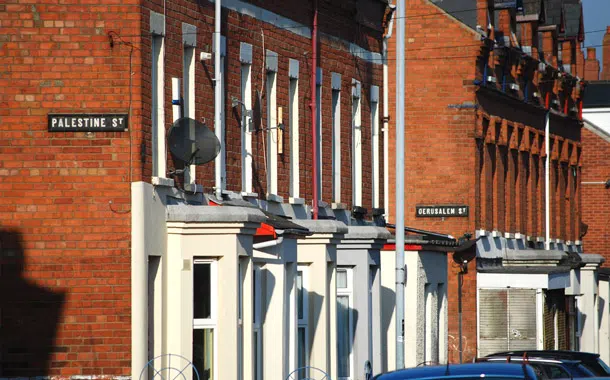
Belfast
Discover Belfast: A Historic Gem in the United KingdomBelfast, located in Northern Ireland, is a city with a rich history, vibrant culture, and stunning landscapes that offer visitors a unique blend of tradition and modernity. Founded in the 17th century, Belfast has transformed into a dynamic urban center known for its warm hospitality, historic landmarks, and thriving arts scene.
Moderate Climate of BelfastBelfast experiences a temperate maritime climate with mild summers and cool winters influenced by the Atlantic Ocean. Summer months are ideal for exploring outdoor attractions like Botanic Gardens or taking a leisurely stroll along the River Lagan. Winter brings opportunities to visit cozy pubs, enjoy cultural events, and explore indoor attractions such as museums and galleries.
Top Attractions and Places to Visit in BelfastExplore Belfast's top attractions, including the iconic Titanic Belfast museum commemorating the city's maritime heritage, the historic Crumlin Road Gaol offering insights into Northern Ireland's past, and the vibrant St. George's Market for local crafts and food. Visit the Ulster Museum for art and history exhibits, hike Cave Hill for panoramic views, or take a Black Taxi tour to learn about Belfast's political history.
Local Cuisine: Flavors of Northern IrelandIndulge in Belfast's culinary delights with traditional dishes like Irish stew, soda bread, Ulster fry (a hearty breakfast), and fresh seafood from the nearby coast. Sample local specialties such as champ (mashed potatoes with scallions), dulse (seaweed snack), and potato bread. Explore the city's gastropubs for modern twists on classic recipes and enjoy a pint of Guinness or local craft beer.
Embark on an Unforgettable Cruise from BelfastEnhance your Belfast experience by booking a cruise departing from this historic port city. Choose from cruise options exploring the rugged coastlines of Ireland, visiting picturesque ports along the British Isles, or sailing to destinations like Scotland or Iceland. A cruise from Belfast promises scenic views of coastal cliffs, cultural experiences in charming towns, and memorable adventures on the high seas.
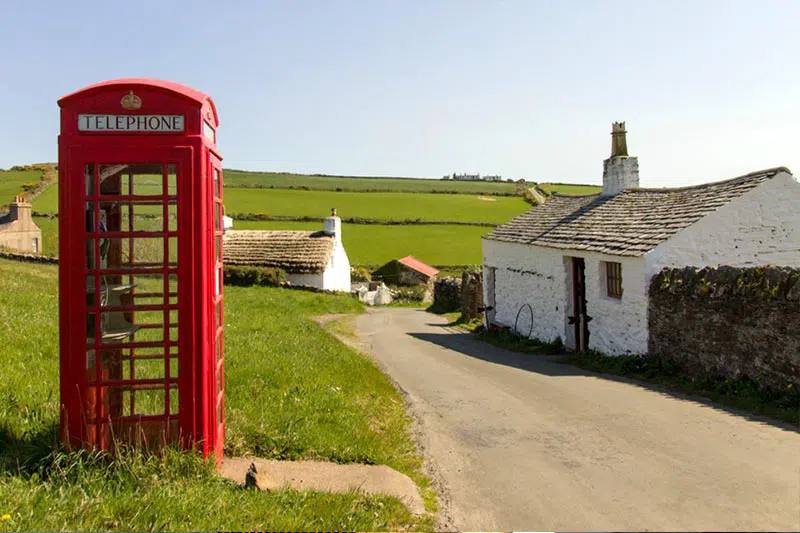
Douglas
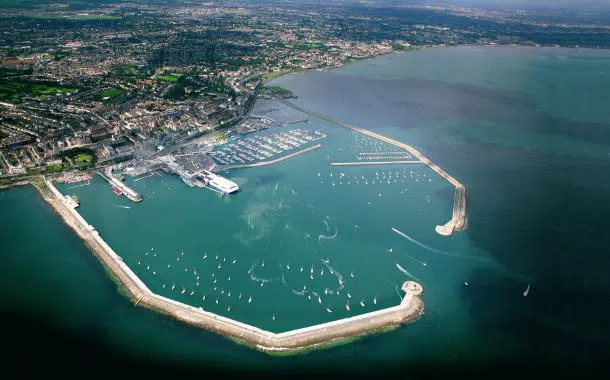
Dún Laoghaire
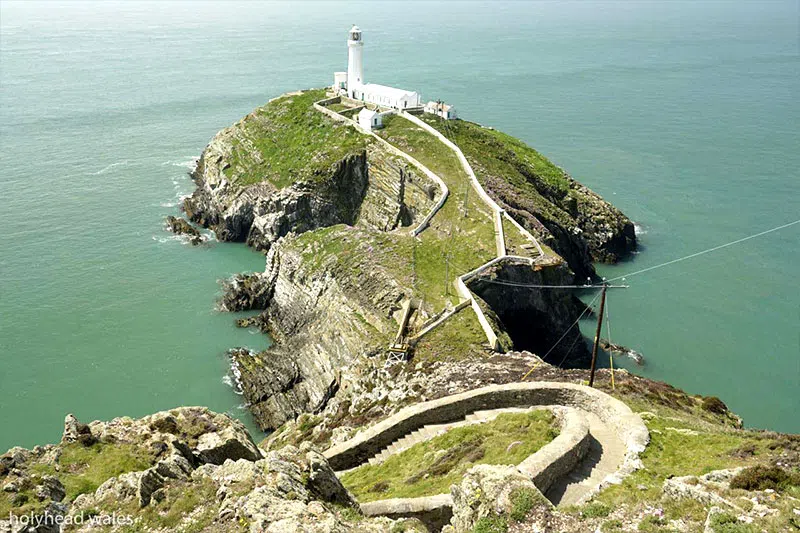
Holyhead
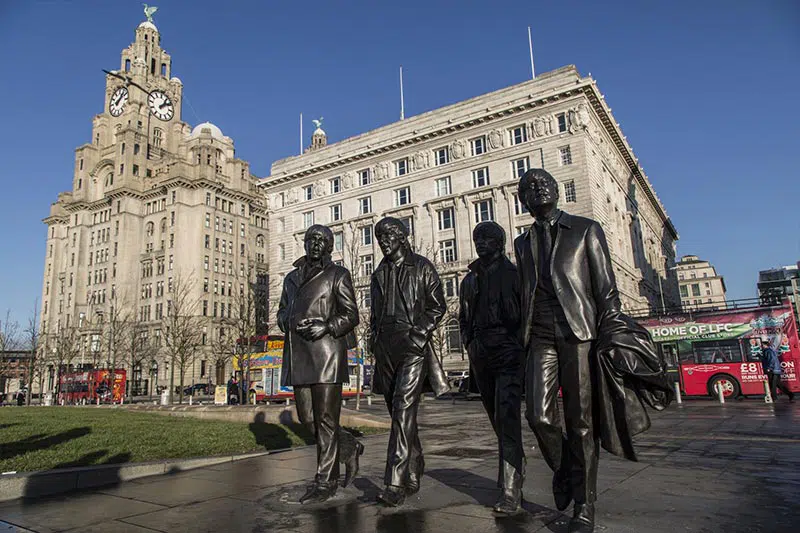
Liverpool
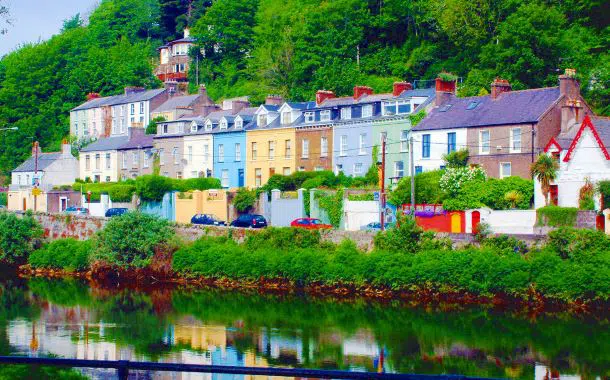
Cork

St Malo
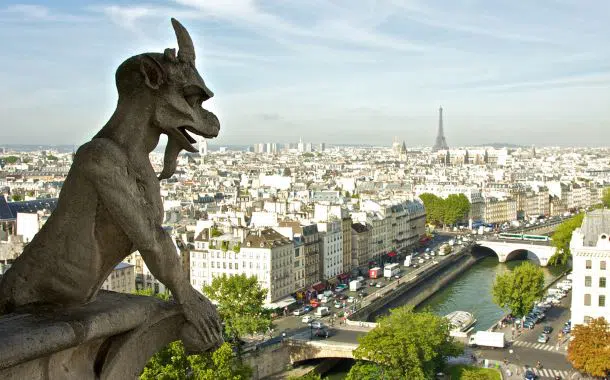
Paris
Paris is a unique city that makes everyone who visits it fall in love with it. Its atmosphere is magical, and its many characters make it beautiful and varied. Walking along the streets in Paris brings you back in time. In short, walking in Montmartre, you will relive the atmosphere of the Belle Époque, when Paris was the best destination for artists in search of fame.
Some of the most famous painters in the world chose Paris as the city to settle in, including Pisarro, Van Gogh, Toulouse-Lautrec and Modigliani. The city offers all kinds of attractions, from noteworthy works of architecture such as the Notre-Dame Cathedral, dated back to 12th century and the principal place of worship of the city and the Arc of Triomphe, located at the end of Champs-Élysées and built to celebrate Napoleone Bonaparte's victories.
It is inconceivable that you go to Paris and you do not visit the Palace of Versailles that was the residence of the Sun King until the French Revolution. The palace is located about 20 kilometers from the center and it is a true spectacle, both inside and outside. Famous is the Gallery of Mirrors, where the play of light makes it looks like as if it were bathed in gold, and its gardens, as far as the eye can see, are true gems. The interplay of perspective was designed by the architect André Le Nôtre and the result is an
expanse of water play and geometry, sculptures and canals. If you are an art lover, you can indulge yourself in Paris. The Gare d'Orsay, is a real railway station used as art gallery in 1986, features some of
the world's most famous works, such as Degas's ballerinas or Renoir's portraits. The structure itself is noteworthy: it is the old Paris station dating back to 1900.
Worth mentioning is the Centre Pompidou (or Beaubourg), inaugurated in 1977 and restructured in the 1990s by a group of architects including Renzo Piano. The gallery hosts works of architecture, modern art and photography with a permanent exhibition that is always active and lots of itinerant exhibitions that go hand in hand with conferences, concerts and cultural activities. Another attraction not to be missed is the Bibliothèque Publique d'Information, located inside Beaubourgand it is the main library in Paris that hosts hundreds of thousands of sources including books, magazines, maps, scores and much more.
Paris is also the city of fashion. Some of the most famous and exclusive brands have their headquarters in this city and the Fashion Week makes the city full of eccentric people showing off their extravagant outfits.
